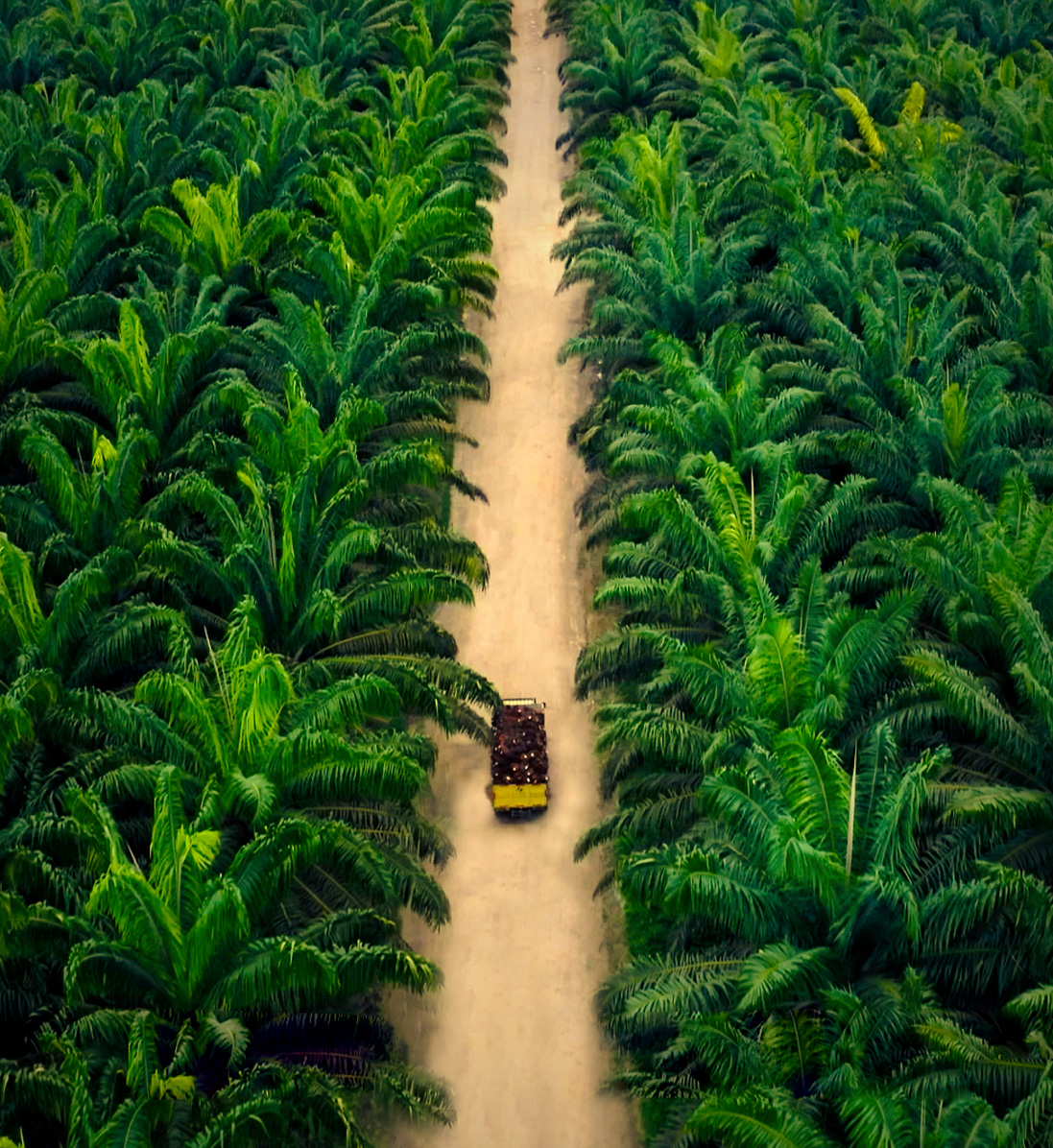Indonesia seeks to increase palm oil production by 2025
In 2025, Indonesia still faces challenges in increasing palm oil production to support state revenue and foreign exchange. The government is expected to accelerate oil palm replanting and downstream industries to increase productivity.
In the 2025-2029 National Development Plan Deliberation (Musrenbangnas) that took place in late December 2024, President Prabowo Subianto emphasized the importance of food and energy self-sufficiency as pillars of national sovereignty. One of the efforts made is the development of the palm oil industry, considering that global demand for this commodity is still high. The President also emphasized that the expansion of palm oil land does not need to be concerned about allegations of deforestation.
As part of the national energy policy, the government has set a mandatory B40 biodiesel, a mixture of 40 percent FAME (Fatty Acid Methyl Ester) with 60 percent diesel, which will be implemented in 2025. This step is expected to strengthen the position of Indonesian palm oil in the international market.
Nevertheless, increasing palm oil production still faces various challenges. Chairman of the Indonesian Palm Oil Association (Gapki), Eddy Martono, revealed that over the past five years palm oil production has been stagnant, and this trend is expected to continue in 2025. One of the causes is the slow pace of the people's oil palm replanting program, despite the large land area available.
According to data from the Central Statistics Agency (BPS), the land area of oil palm plantations in 2023 will reach around 15.93 million hectares, up from 14.33 million hectares in 2018. However, production growth is not proportional to the land area due to the low productivity of old plants that have not been rejuvenated. In 2023, palm oil production was recorded at 47.08 million tons, a slight increase of 0.57 percent compared to the previous year.
Obstacles in the replanting of smallholder oil palm include overlapping land with forest areas, making it difficult for farmers to access grant funds from the Palm Oil Plantation Fund Management Agency (BPDPKS). In fact, if replanting goes smoothly, productivity can increase significantly and have a positive impact on state revenue and export foreign exchange.
On the other hand, although palm oil production has increased, the export value has actually decreased. In 2022, crude palm oil (CPO) exports reached 26.33 million tons with a value of 29.75 billion US dollars. However, in 2023, the export volume rose to 27.54 million tons, but the export value fell by 19.29 percent to US$24.01 billion. This shows that global CPO prices fluctuate and affect the country's foreign exchange.
Indonesia also faces challenges from the European Union Deforestation Regulation (EUDR) policy, which requires imported products to the European Union to come from legal and deforestation-free sources. Therefore, increasing productivity through oil palm replanting is a top priority, not only to increase yields but also to maintain competitiveness in the global market.
Source : https://gapki.id/news/2025/01/13/indonesia-berupaya-tingkatkan-produksi-sawit-di-2025/


